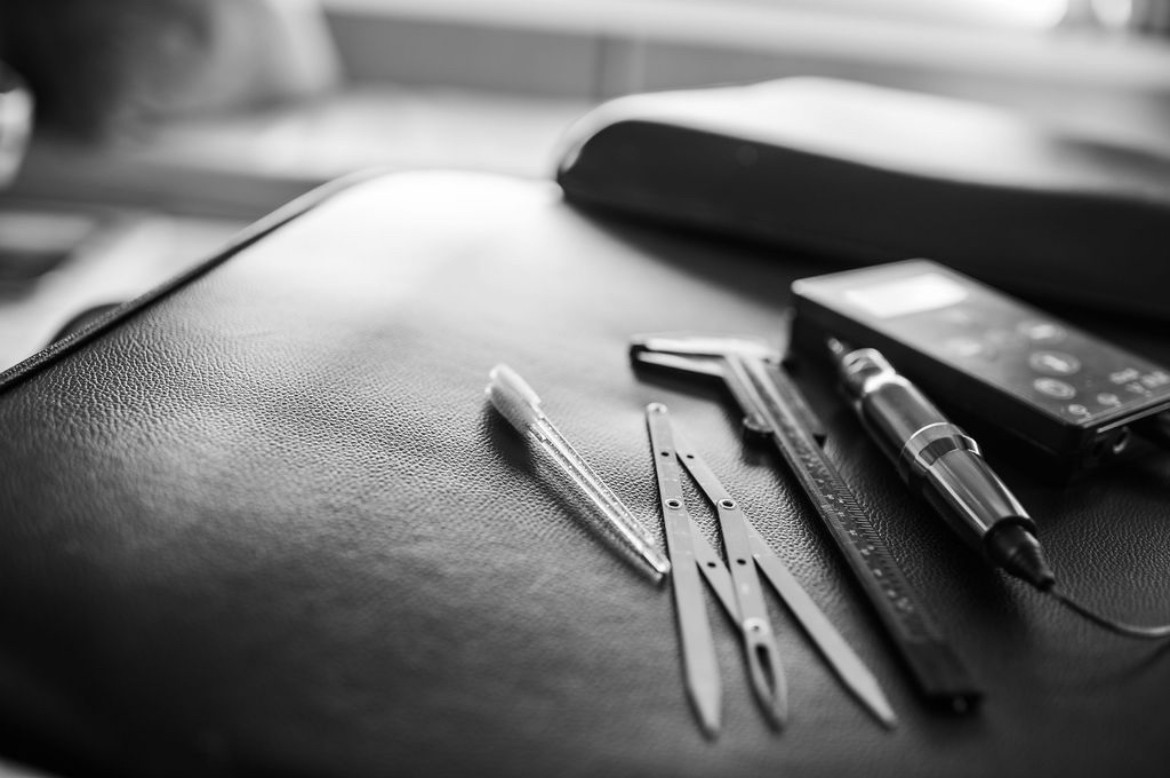Why Understanding Facial Anatomy is Non-Negotiable in Cosmetic Tattooing
Introduction
As a cosmetic tattoo artist, working on someone's face isn't just about creating beautiful strokes or achieving the perfect shade. It's about understanding the complex canvas beneath the skin. Facial anatomy knowledge isn't optional—it's a fundamental requirement that can mean the difference between a successful procedure and potential complications.
The Facial Layer System
Understanding the layers of facial tissue is crucial for proper pigment placement:
Epidermis: The outermost layer
Dermis: Where we need to place pigment
Hypodermis: The deeper layer we must avoid
Muscles and fascia: The structural elements we must work around
Critical Anatomical Structures
Blood Vessels and Circulation
Major facial arteries and their branches
Superficial blood vessels that may affect procedure
Areas with increased bleeding risk
Zones requiring extra caution due to vascularity
Nerve Pathways
Location of major facial nerves
High-sensitivity areas requiring additional numbing
Danger zones where nerve damage could occur
Understanding facial muscle innervation
Facial Muscles
Muscle movement affects healing and retention
Understanding muscle fiber direction for proper stroke placement
How facial expressions impact your work
Areas of tension and movement that may affect results
Applying Anatomy Knowledge to Different Procedures
Eyebrow Region
Frontalis muscle movement
Supraorbital and supratrochlear nerve locations
Arterial supply to the brow area
Proper depth for different techniques
Eyeliner Region
Delicate eye area anatomy
Tarsal plate considerations
Lymphatic drainage pathways
Safety zones for pigment placement
Lip Region
Vermillion border anatomy
Oral mucosa considerations
Angular arteries location
Proper depth for lasting results
Why It Matters
Safety First
Preventing vascular complications
Avoiding nerve damage
Reducing risk of adverse reactions
Understanding contraindications
Better Results
Proper pigment placement depth
Enhanced healing outcomes
Improved pigment retention
Natural-looking results that work with facial structure
Professional Credibility
Building client trust
Making informed decisions
Handling consultations professionally
Managing expectations effectively
Common Anatomical Variations
Different ethnic facial structures
Age-related changes
Previous surgical alterations
Individual anatomical variations
The Aging Face
Understanding how the face ages helps in:
Planning procedures for longevity
Accommodating future changes
Adapting techniques for mature skin
Preventing unwanted results as aging occurs
Practical Application
Pre-Procedure Assessment
Identifying anatomical landmarks
Mapping danger zones
Planning pigment placement
Noting individual variations
During the Procedure
Maintaining proper angles based on anatomy
Adjusting pressure for different areas
Working with natural facial contours
Respecting anatomical boundaries
Continuing Education
Stay current with:
Anatomy workshops
Medical illustrations study
Continuing education courses
Professional development
Conclusion
Understanding facial anatomy isn't just about memorizing structures—it's about developing a three-dimensional mental map that guides every stroke, every shade, and every decision we make as artists. This knowledge is our foundation for creating safe, beautiful, and lasting results for our clients.
Remember: The face is a complex system of interconnected structures. Our work as cosmetic tattoo artists requires us to be part artist, part anatomist. Investing time in understanding facial anatomy isn't just professional development—it's our ethical obligation to our clients.


